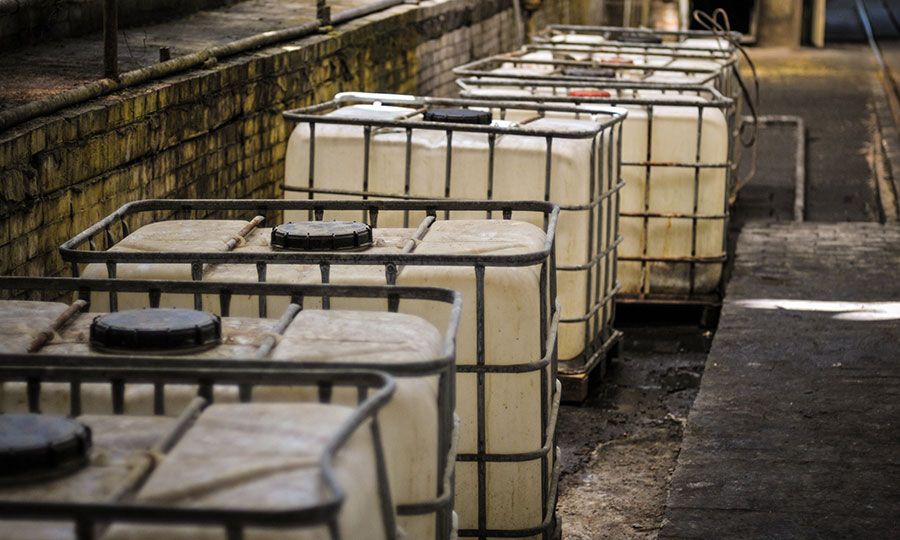
RECENT POSTS

General Duty Clause Under the Clean Air Act, Section 112(r)
The Clean Air Act Amendments of 1990 required both the Occupational Safety and Health Administration (OSHA) and the Environmental Protection Agency (EPA) to create regulations to protect workers, communities and the environment from chemical releases.
Under this Act, facilities with above-threshold quantities of designated hazardous chemicals are required to create Process Safety Management (PSM) Plans and Risk Management Plans (RMPs). But, facilities that store these large quantities of chemicals aren’t the only ones that could cause an extremely hazardous chemical to be released. That’s why the 1990 Amendment also includes a general duty clause, which is codified in section 112(r) of the Act.
Section 112(r) requires any facility with “extremely hazardous substances,” regardless of their volume, to create and implement a plan to minimize the risks associated with chemical releases.
The Act doesn’t provide a definition of “extremely hazardous substances”, but the Senate Committee that enacted the law stated that the term includes “any agent which may or may not be listed or otherwise identified by any government agency which may as the result of short-term exposures associated with releases to the air cause death, injury or property damage due to its toxicity, reactivity, flammability, volatility, or corrosivity.”
Because the term can be so broadly interpreted, facilities that have a Hazard Communication Program, a Spill Control and Countermeasures Plan, an Emergency Action Plan; or those that file Tier II, Biennial or other reports may all be subject to the General Duty Requirements.
The General Duty Clause is performance-based, so other existing contingency, emergency or mitigation plans can often be used to accomplish the requirements of the rule, which are:
-
Use an appropriate hazard assessment technique to identify hazards associated with extremely hazardous substances onsite.
-
Design and maintain a safe facility to prevent or reduce the likelihood of spills and releases.
- Have plans, procedures and response items available to mitigate spills when they do occur.
Subscribe for Updates:
Sign up here to get the latest news, rules, and regulations and delivered right to your inbox.